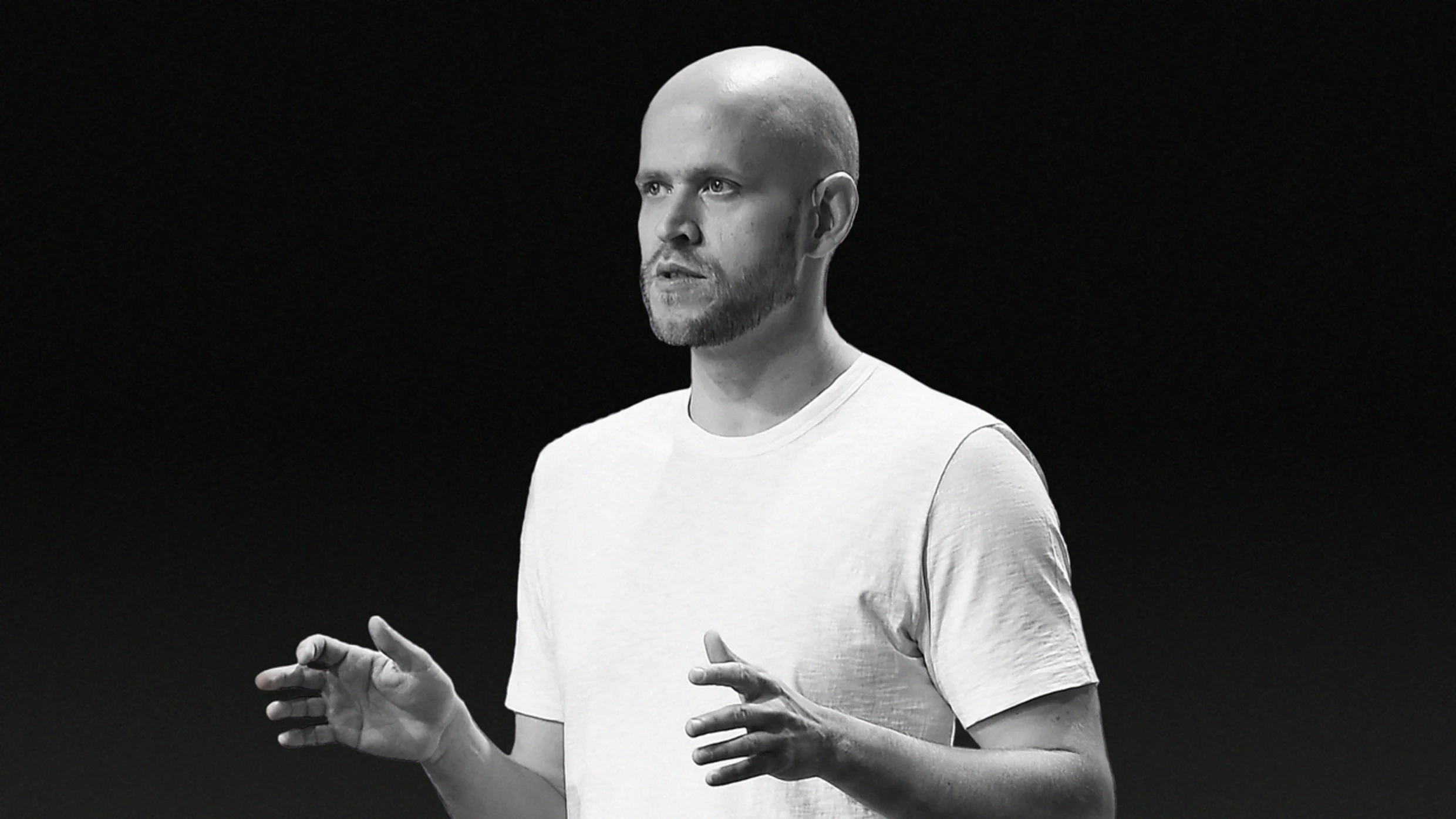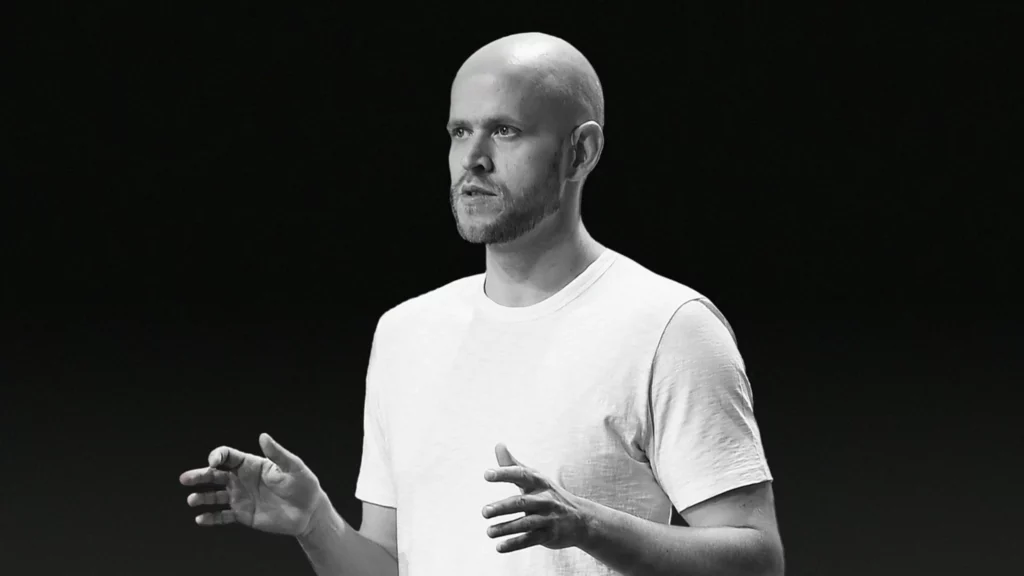Agile Uncovered: Understanding What Agile Really Means?

Agile. It’s a buzzword, a mindset, a game-changer.
Let’s cut to the chase. Agile is about flexibility, collaboration, and customer satisfaction. It’s the secret sauce that makes software development teams hum and businesses boom.
In the business world, things change fast. Agile helps you keep up. It’s not just about surviving in this fast-paced world, it’s about thriving.
So, what’s the plan? We’re going to dig into Agile. We’ll explore its origins, its principles, and how it works in the real world. We’ll also look at how Agile has evolved over time and why it’s more relevant today than ever before.
The Origins of Agile
Agile didn’t just emerge out of nowhere. It was a solution to a problem, a response to a method that was too rigid for the dynamic world of software development. That method was the Waterfall model, the traditional approach to software development.
Waterfall has its place. When you know exactly what you need to build and the requirements are stable, Waterfall is a reliable friend. It’s linear and systematic. Each phase of a project flows logically from the previous one, like a cascading waterfall, hence the name.
However, the Waterfall model has a downfall. It assumes every requirement can be identified before designing or coding the product. But in the real world, requirements change. Market conditions shift. Customer needs evolve. In this uncertainty, Waterfall doesn’t allow for flexibility or adaptability.
This rigidity often led to products that were out of sync with market needs by the time they were launched. Projects often ran over budget and out of time as teams struggled to fit changing realities into the fixed Waterfall framework.
Enter Kent Beck, the creator of Extreme Programming (XP), a software development methodology that emphasized customer satisfaction and team collaboration. Beck and other early Agile practitioners were searching for a solution to the limitations of Waterfall. XP, with its emphasis on embracing change even late in development, was a step in the right direction.
Inspired by the principles of XP and driven by the need for a more flexible, adaptive approach, Agile was born. It was a new way of working, a new way of thinking. It was the answer for those unpredictable projects where adaptability was key. Agile was no longer just about ‘doing’ – it was about learning and adapting.
Understanding Agile
The Agile Approach
Agile is more than just a methodology; it’s a mindset. It’s about embracing change, prioritizing customer satisfaction, and promoting a collaborative environment. Agile encourages iterative development, where solutions evolve through the collaborative effort of self-organizing and cross-functional teams. It’s about delivering value quickly and continuously improving.
The 4 Principles of Agile
At the heart of Agile are four key principles that guide its approach:
- Individuals and interactions over processes and tools: Agile places a high value on the people doing the work and how they work together. Tools and processes are important, but they’re not more important than having a competent, collaborative team.
- Working software over comprehensive documentation: Agile emphasizes creating working software that delivers value to the customer. While documentation is important, it shouldn’t get in the way of delivering a functional product.
- Customer collaboration over contract negotiation: Agile encourages ongoing collaboration with customers throughout the development process. This is in contrast to trying to define everything upfront in a contract.
- Responding to change over following a plan: Agile is all about being flexible and ready to respond to change. While planning is important, it’s not as important as being able to adapt to changes.
Agile Manifesto and Its Signatories
The Agile Manifesto, formally known as the “Manifesto for Agile Software Development,” was created by 17 software developers in 2001. These signatories included:
- Kent Beck
- Mike Beedle
- Arie van Bennekum
- Alistair Cockburn
- Ward Cunningham
- Martin Fowler
- James Grenning
- Jim Highsmith
- Andrew Hunt
- Ron Jeffries
- Jon Kern
- Brian Marick
- Robert C. Martin
- Steve Mellor
- Ken Schwaber
- Jeff Sutherland
- Dave Thomas
12 Supporting Agile Principles
The manifesto includes 12 supporting principles, which laid the foundation for Agile as we know it today:
- Customer satisfaction: Our highest priority is to satisfy the customer through early and continuous delivery of valuable software.
- Welcome changing requirements: Welcome changing requirements, even late in development. Agile processes harness change for the customer’s competitive advantage.
- Deliver frequently: Deliver working software frequently, from a couple of weeks to a couple of months, with a preference to the shorter timescale.
- Work together: Business people and developers must work together daily throughout the project.
- Support, trust, and motivate the people involved: Build projects around motivated individuals. Give them the environment and support they need, and trust them to get the job done.
- Enable face-to-face interactions: The most efficient and effective method of conveying information to and within a development team is face-to-face conversation.
- Working software is the primary measure of progress: Working software is the primary measure of progress.
- Agile processes promote sustainable development: Agile processes promote sustainable development. The sponsors, developers, and users should be able to maintain a constant pace indefinitely.
- Continuous attention to technical excellence and good design enhances agility: Continuous attention to technical excellence and good design enhances agility.
- Simplicity is essential: Simplicity–the art of maximizing the amount of work not done–is essential.
- Self-organizing teams: The best architectures, requirements, and designs emerge from self-organizing teams.
- Regularly reflect and adjust: At regular intervals, the team reflects on how to become more effective, then tunes and adjusts its behavior accordingly.
Debunking Agile Misconceptions
One of the most common misconceptions about Agile is that it’s all about processes and ceremonies. Stand-ups, retrospectives, sprints – these are often seen as the be-all and end-all of Agile.
But Agile is not a set of rituals to be blindly followed. It’s a framework for delivering value to customers quickly and efficiently. The processes and ceremonies are tools to help achieve this goal, not the goal itself.
This brings us to another misconception about Agile: that it’s just a methodology. In reality, Agile is as much a mindset as it is a methodology. It’s about embracing change, prioritizing customer value, and fostering a culture of collaboration and continuous improvement.
So, if you’re adopting Agile, don’t just focus on the processes and ceremonies. Embrace the Agile mindset. Understand the values and principles that underpin Agile and let them guide your actions. Because Agile is not just something you do; it’s something you are.
Agile in Action: Spotify’s Discover Weekly
Let’s take a real-world example of Agile implementation. If you’re a Spotify user, then you’re probably familiar with its Discover Weekly feature. This feature, which curates a personalized playlist for each user every week, is an example of Agile principles in action.
The team behind Discover Weekly didn’t start with the perfect idea. They iterated, experimented, and learned from their users. They delivered a working feature quickly and then continued to improve upon it based on user feedback.
But here’s the kicker: Daniel Ek, Spotify’s CEO, was initially skeptical about the feature. Ek said in an interview:
“I never really saw the beauty of it. I questioned them two, three times: Are you sure you really want to do this? Why are we spending all this time and energy? For a while, we didn’t give that team any more funding in terms of headcount, but they kept working on it anyway. All of a sudden they shipped it. I remember reading about it in the press. I thought, oh, this is going to be a disaster. And then obviously it turned out to be something really successful. It’s one of the most loved product features that we have.”

Ek trusted his team, allowed them to take risks, and was open to being proven wrong. The result? A feature that millions of Spotify users look forward to every week.
The impact and benefits of Agile in this case study are clear. By embracing the Agile principles of trust, flexibility, and iterative development, Spotify was able to create a feature that significantly enhanced user engagement and satisfaction.
The Evolution of Agile
In the beginning, Agile was a rebel with a cause. Born out of frustration with the rigid, process-heavy Waterfall model, Agile emerged as a fresh approach to software development. It was all about flexibility, adaptability, and delivering value quickly. Agile was the new kid on the block, and teams were quick to adopt its innovative methodologies.
But as Bob Dylan once said, “The times they are a-changin’.” The business landscape is evolving at a breakneck pace, driven by rapid changes in technology and customer behaviors.
Today, Agile is being put to the test. It’s no longer enough to focus on internal processes. The spotlight has shifted to the external customer. Agile is being forced to evolve, to shift its focus from process to learning.
This shift is not just a change in direction; it’s a transformation. Agile is moving from a ‘doing’ mindset to a ‘learning’ mindset. It’s not just about following a set of processes; it’s about continuously learning from the market, from customers, and from each other.
Conclusion: Agile in a Rapidly Changing World
In a world where change is the only constant, Agile has never been more relevant. It’s not just a methodology for software development anymore; it’s a compass for navigating the turbulent seas of business. Agile’s emphasis on flexibility, adaptability, and customer focus makes it a powerful tool for any organization looking to thrive in today’s fast-paced environment.
But here’s the kicker: Agile is not just something you do; it’s something you are. It’s a mindset, a way of thinking and acting. It’s about embracing change, not resisting it. It’s about learning from your experiences and using that knowledge to improve and grow. It’s about delivering value to your customers, not just delivering a product.
So, if you’re considering adopting Agile, don’t just go through the motions. Agile isn’t something you do; Agile is something you are. Embrace the Agile mindset. Understand the values and principles that underpin Agile and let them guide your actions. Because in a world that’s changing faster than ever, the ability to adapt and learn is not just an advantage; it’s a necessity.
